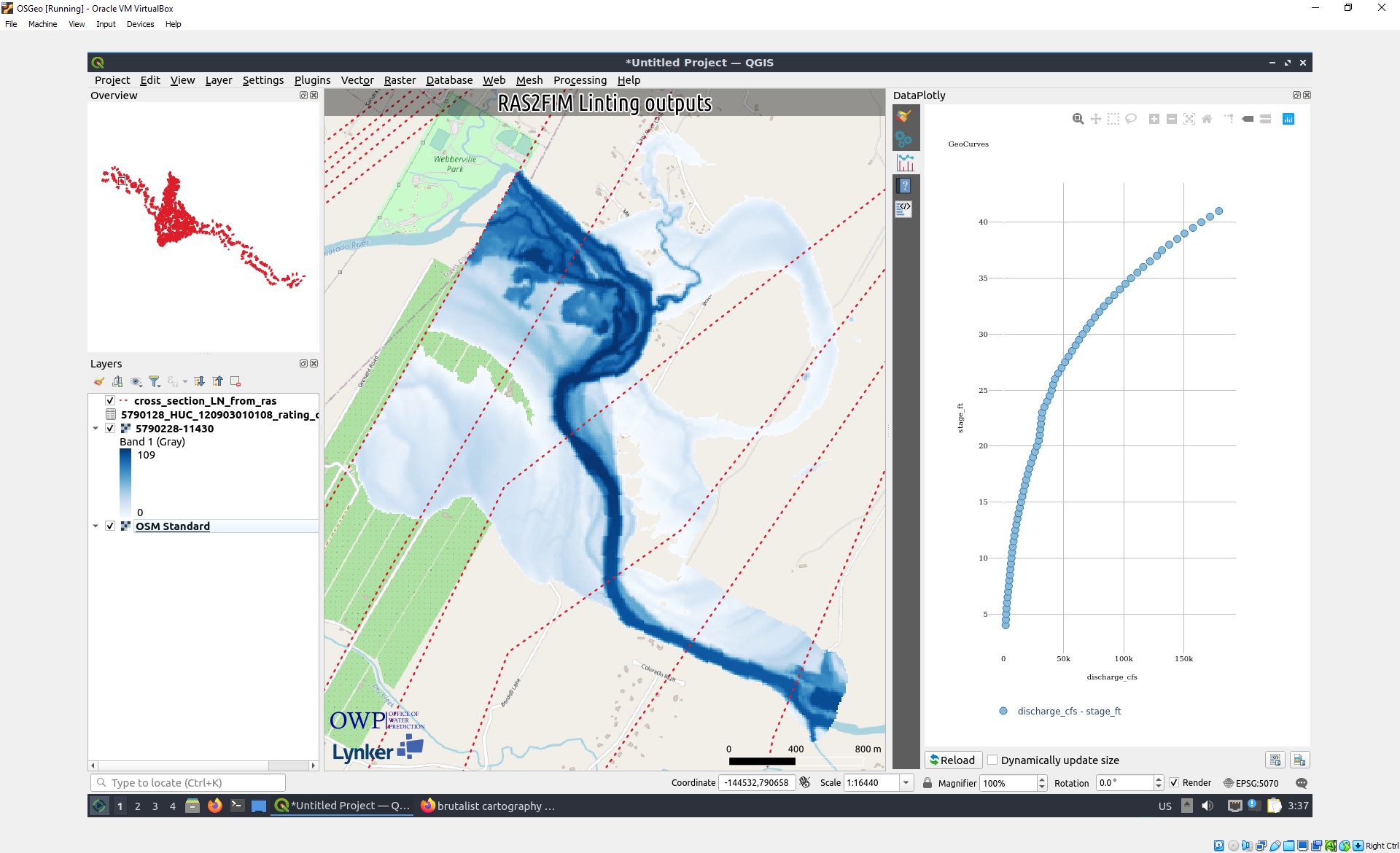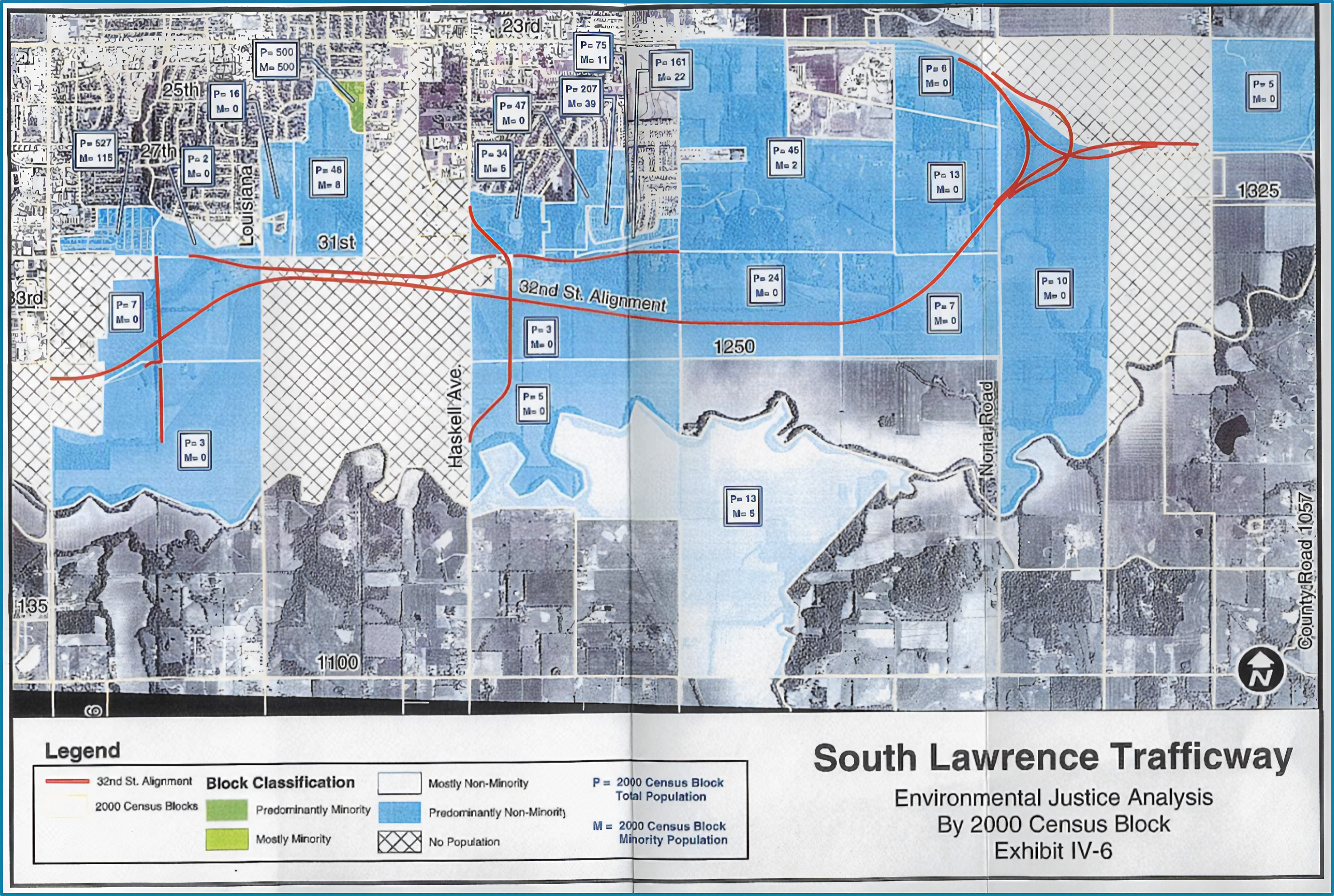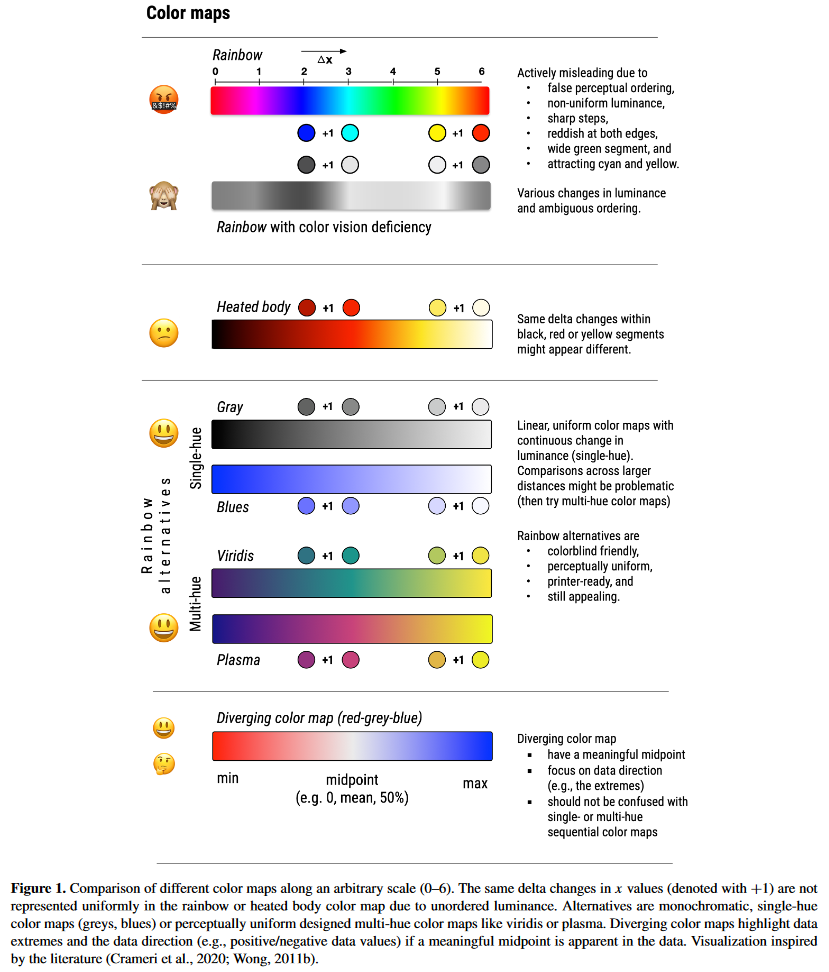Cartography
Other tips: Put a bird on it.
tutorial
how-to guides
Reference
Examples
Interactive
- Ancient Earth Globe: What the earth looked like n years ago ### Other resources https://nationalequityatlas.org/lab/get-started-data-visualization https://handsondataviz.org/ https://blog.mapbox.com/7-best-practices-for-mapping-a-pandemic-9f203576a132 https://rpubs.com/KingaHill/947744 https://environmentalinformatics-marburg.github.io/mapview/popups/html/popups.html https://flatgeobuf.org/examples/leaflet/filtered.html https://stackoverflow.com/questions/50111566/applying-leaflet-map-bounds-to-filter-data-within-shiny https://plugins.qgis.org/planet/user/29/tag/uncategorized/#:~:text=From%20the%20Print%20Layout%20toolbar,to%20a%20circular%20shape!).
Explanation
About Brutalist Cartography

Brutalist Cartography is a term of my own making which I use to describe the way I prepare the QGIS window for a screenshot. Even if you’ve mastered the toolset and have the eye for aesthetics, good cartography can take quite a while to assemble and present. That artistic flair is usually appreciated by all, but can slow the iteration process down quite substantially and is secondary to the main task of that map (for most use cases: see [[20240508224456]] Defining roles and goals), which is to place a tractable example of a theoretical state of the data in front of someone else with the goal of exampling problems, placing extra geographic context on a piece of data, or simply adding a better looking (in my opinion) screenshot.
To accomplish the Brutalist cartography Aesthetic, one simply turns off most of the QGIS user interface while more prominently accentuation an organized legend, an overview window, and some of the more common map decoration items like the corner attribution image and the scale bar.
As a helpful note to future me, the panels that are typically turned on include:
Panels:
Toolbars:
The Final extra Step
Go to settings and turn font size to something larger like 24, close and reopen. The downside is that you have to close and reopen to change this back again, and unfortunatly this makes many of the menues unusable since the moniter resolution remains fixed.
Old holdover
Although we could spend the day dissecting all the minute cartographic and stylistic errors the authors may have made in there initial map, the larger issue is the disingenuous presentation of the data.
The map in the inital assessment, shown below and recreated for demonstration porpouses, was the map provided for the impact assesment. 

The assessment makes it appear that only 1 census block of predominantly minority populations are affected, when looking at the breakdown of impacted population as a total of the study domain we see those are far closer to a 50/50 distribution
